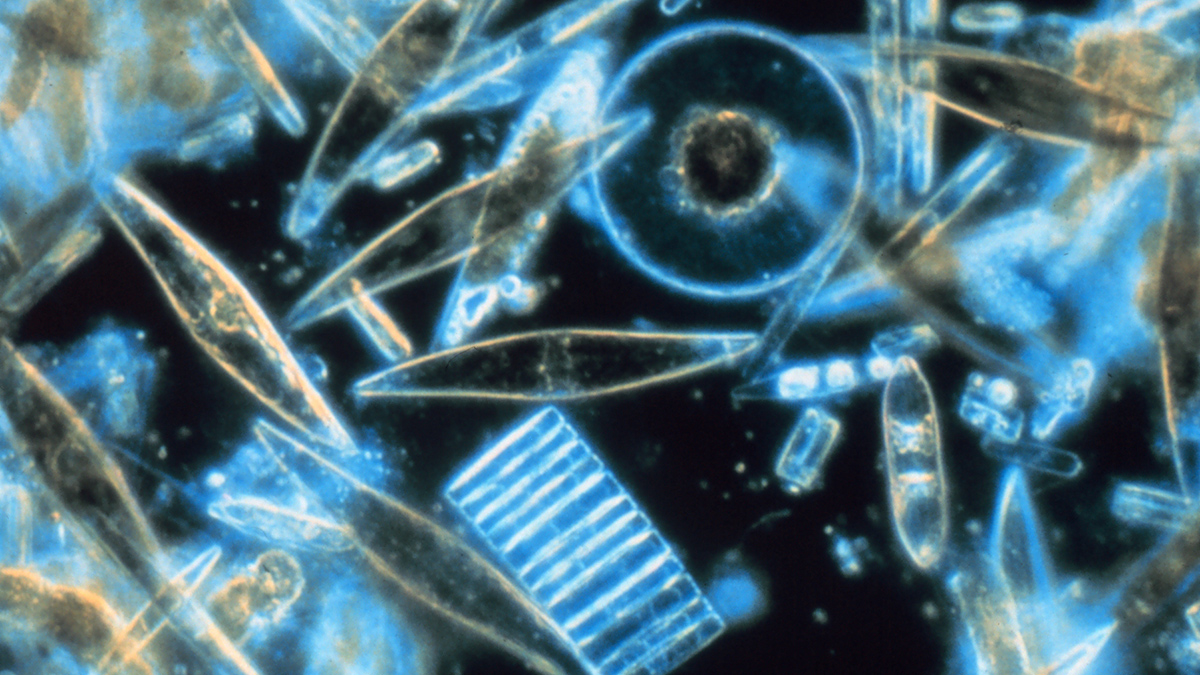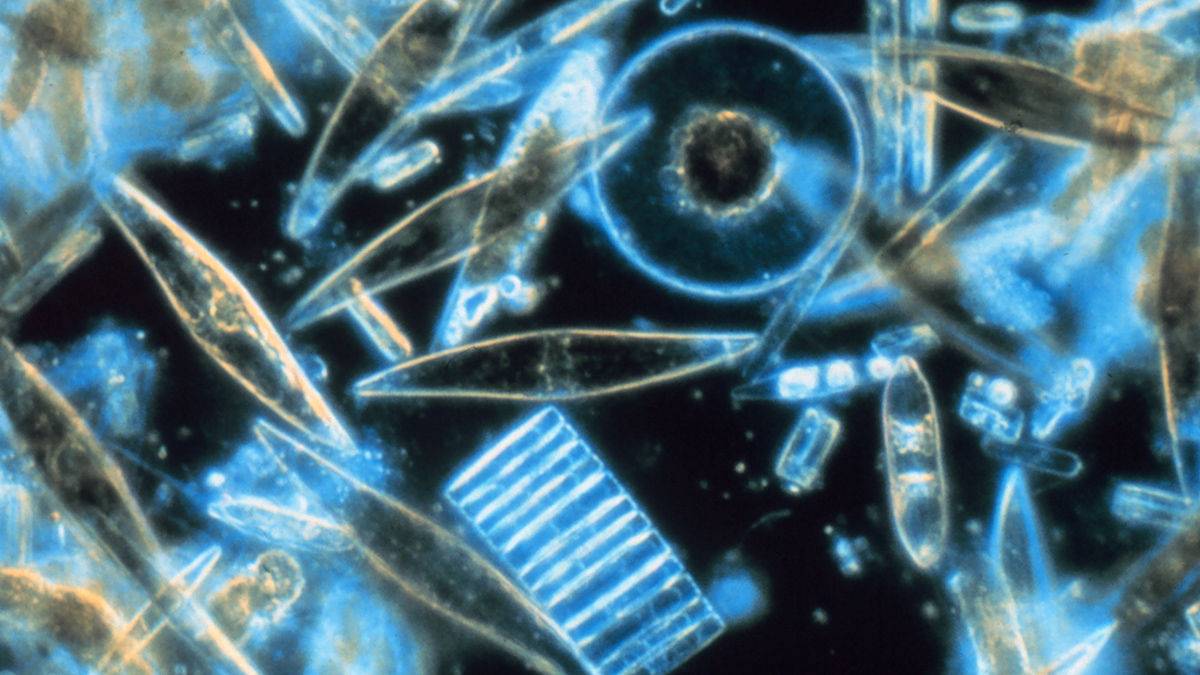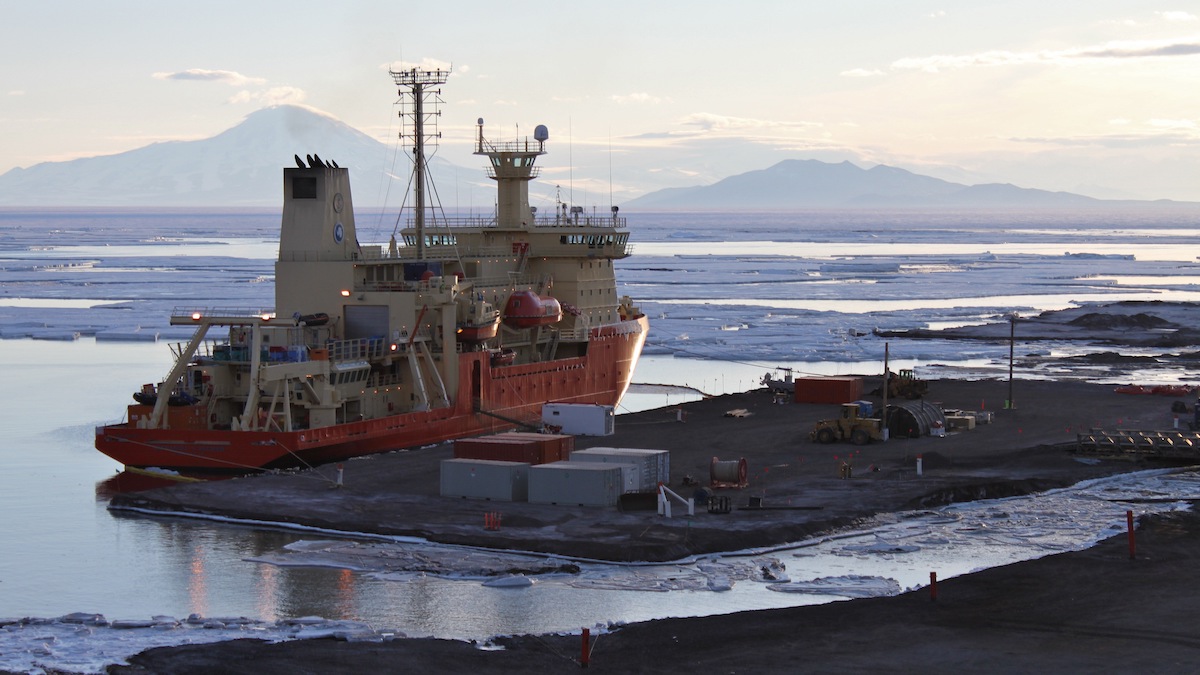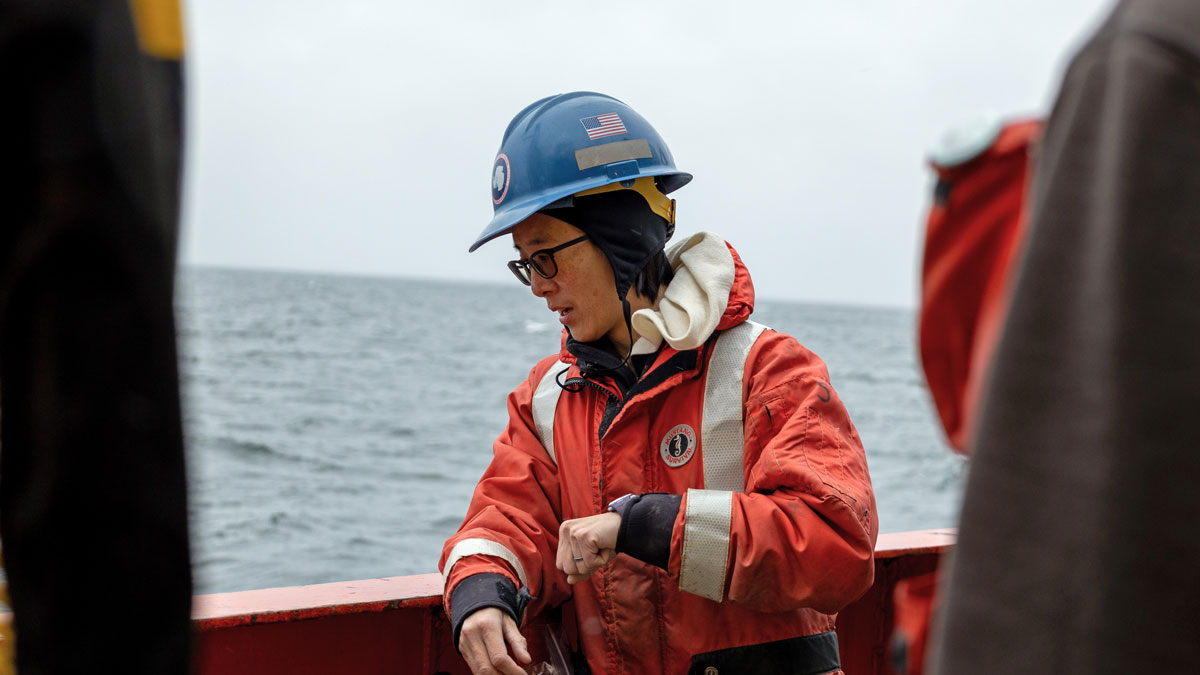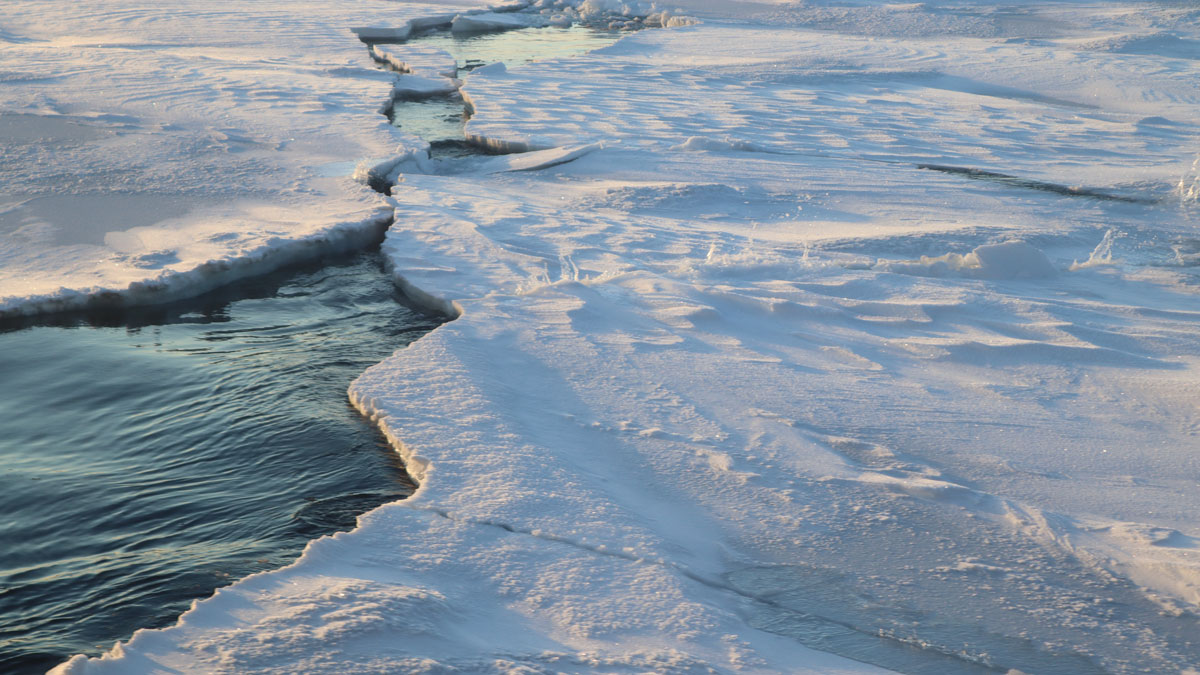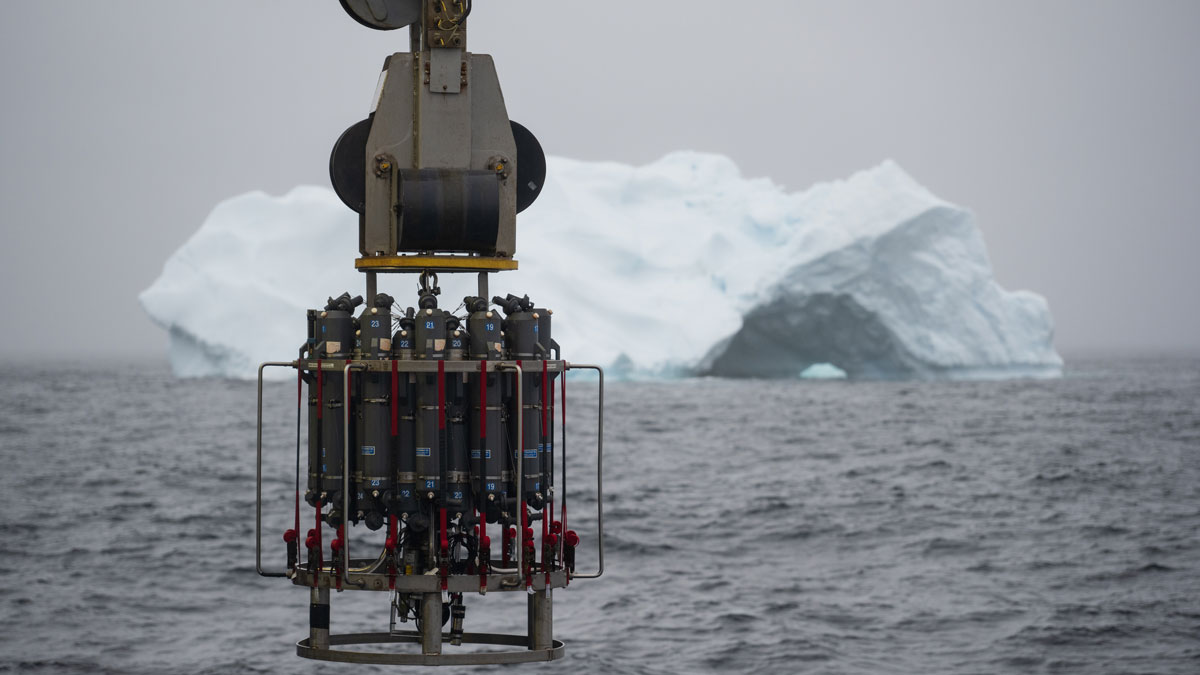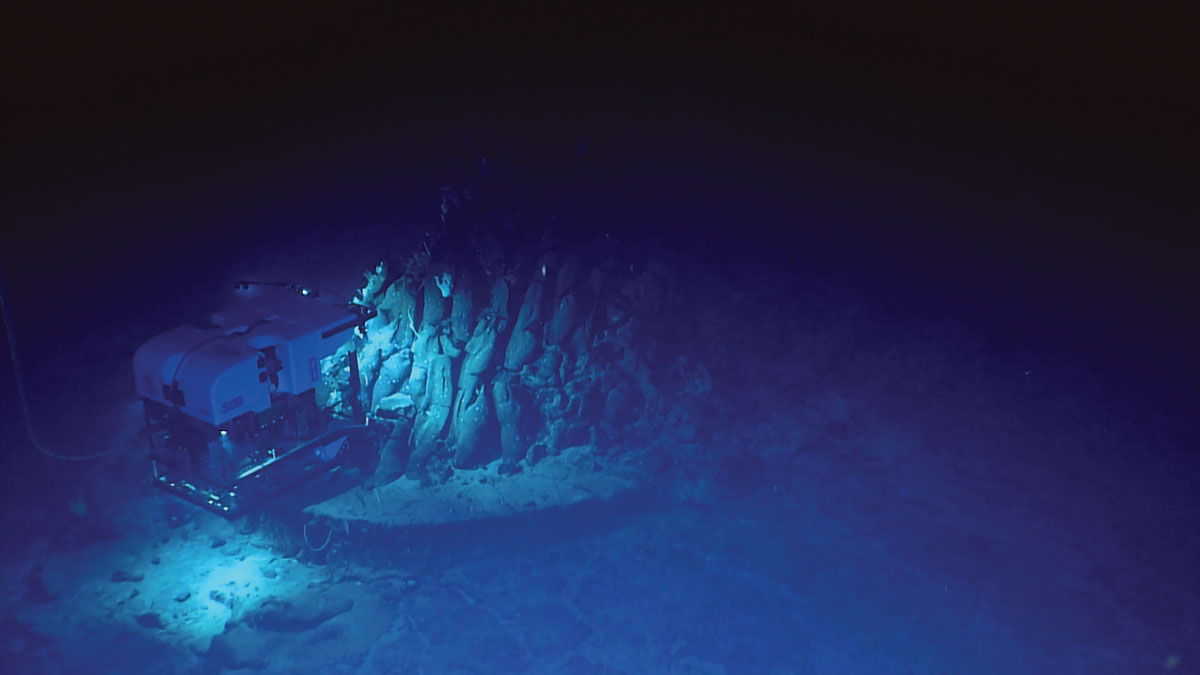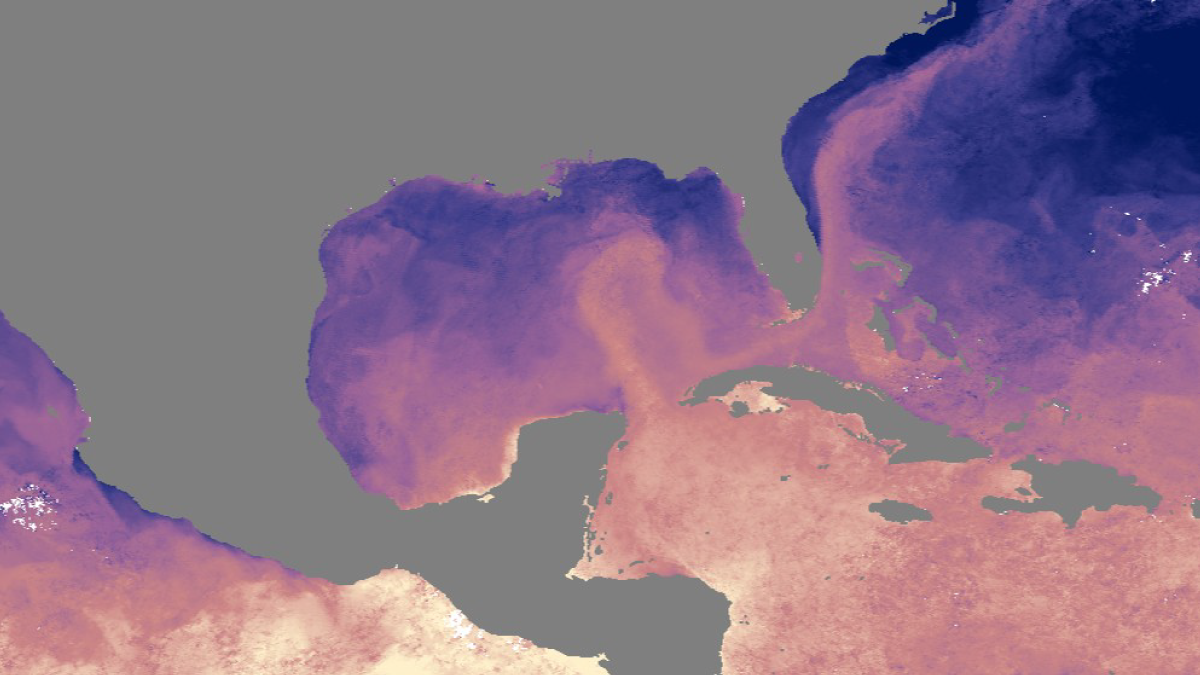南大洋的一个偏远海域因壳状硅藻的光泽而在卫星图像中呈现出格外明亮的反光效果。
research at sea
Mysteriously Bright Waters near Antarctica Explained
Shiny-shelled diatoms make a remote part of the Southern Ocean appear especially reflective in satellite imagery.
Scientists Ask NSF to Keep Only Antarctic Icebreaker Afloat
On 28 July, more than 170 researchers sent a letter to National Science Foundation leaders and Congress, urging them to reconsider the decision to terminate the lease of the Nathaniel B. Palmer, the United States’ only Antarctic research vessel-icebreaker (RVIB) and a key part of science operations around the White Continent.
Phoebe Lam: Embracing the Ocean’s Complexities
A generalist at heart, this geochemist is unraveling the mysteries of the ocean’s chemical cycling.
Finding Consensus on Arctic Ocean Climate History
Understanding the effects of a “blue” Arctic Ocean on future climate requires a coordinated effort to study Earth’s past warm periods using a variety of classical and cutting-edge methods.
How Greenland’s Glacial Troughs Influence Ocean Circulation
Glacial troughs in Antarctica promote mixing of warm and cold water, affecting global climate. A new study explores whether the same is true in troughs along Greenland’s coastline.
Submerged in Science
New generations of submersibles and retired stalwarts of the seas are helping scientists put the depths of the ocean at the tips of our fingers.
Ocean Current Affairs in the Gulf of Mexico
Multinational and multidisciplinary studies of the past and present of the Gulf’s Loop Current are helping to reveal what might be in store for coastal communities.
Unlocking Climate Secrets of Hawai‘i’s Drowned Reefs
Researchers set sail to study sea levels, climate, ecosystem responses, and volcanic histories over the past 500,000 years, using an innovative seabed drill to sample fossilized reefs off Hawai‘i.
Two ROVs to Join the U.S. Academic Research Fleet
The midsize remotely operated vehicles, supported by federal grants, will help meet growing demand for submersible research vehicles.

